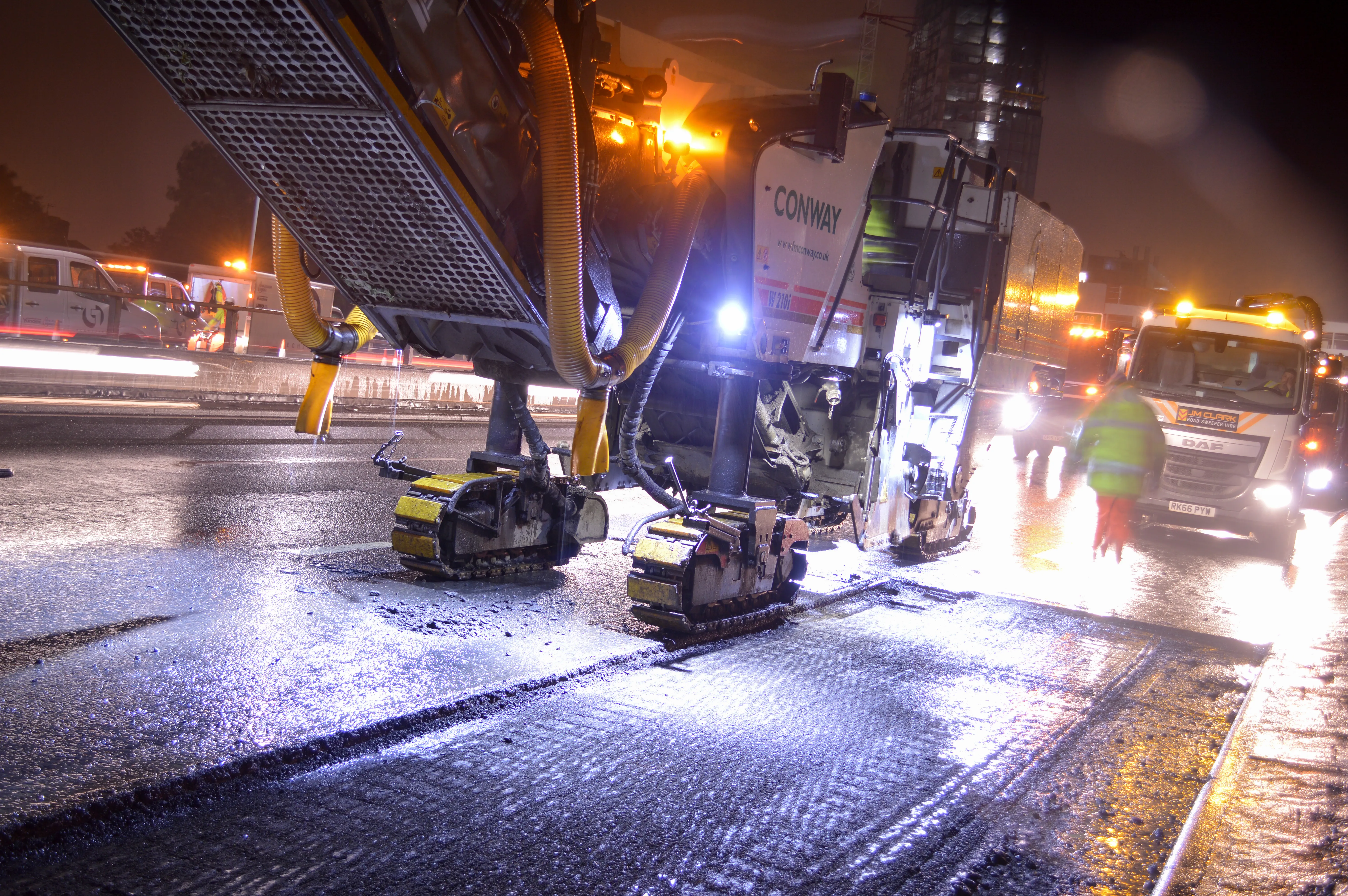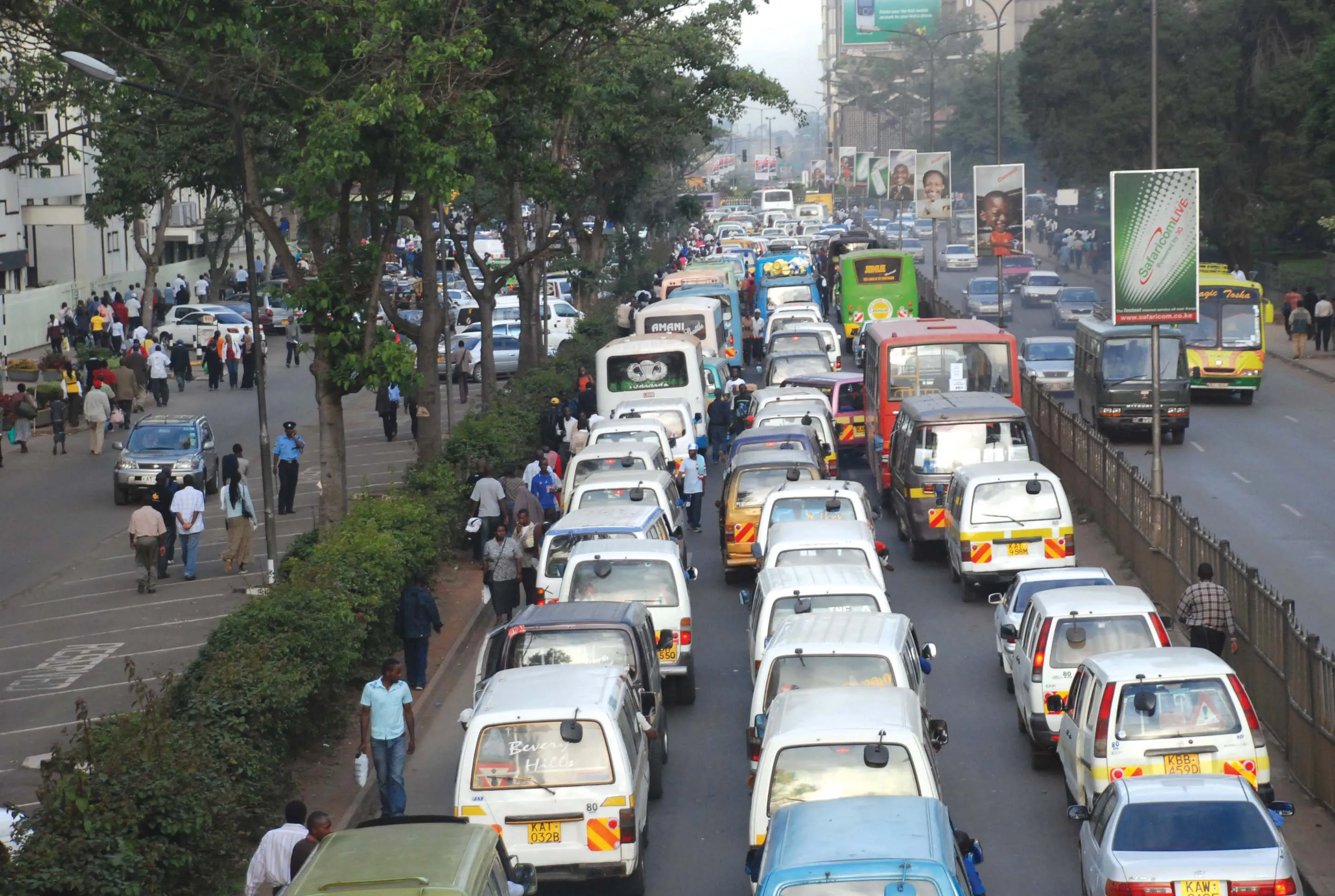Dutch-style cycle safety for other European nations – Mike Woof writes A recent event held in London during October was aimed at improving safety for vulnerable road users. Called Love London go Dutch, the event was intended to highlight some of the experience from Holland in reducing risk rates for vulnerable road users such as cyclists. Similar events were held in other UK cities, while other major European cities such as Paris that are seeing an increase in cycling also have a lot to learn from Dutch exp
January 2, 2013
Read time: 4 mins

Dutch-style cycle safety for other European nations – Mike Woof writes
A recent event held in London during October was aimed at improving safety for vulnerable road users. Called Love London go Dutch, the event was intended to highlight some of the experience from Holland in reducing risk rates for vulnerable road users such as cyclists. Similar events were held in other UK cities, while other major European cities such as Paris that are seeing an increase in cycling also have a lot to learn from Dutch experience.The Dutch ambassador to London, Laetitia van den Assum explained how Dutch experience can help reduce accidents and also cut congestion. She said, “Urban congestion in the Netherlands is limited and fatalities are low. We started looking at the problem 40 years ago.”
She added how in the 1970s, worries over congestion in urban areas, as well as a spiralling accident rate, brought increased focus on cycling facilities. Since that time, Holland has introduced both dedicated infrastructure for cyclists and legal protection, as well as priority for those on two wheels in urban areas. As a result, the accident rate in the country is now low and congestion levels have been reduced, as many commuters favour bicycles for short journeys.
Official statistics show that there are now more bicycles in Holland, at 18 million, than there are people as the population of the country is 17 million. Fatality rates are also low, with just 1.1 death/100,000,000km cycled in Holland, compared with 3.6 deaths/100,000,000km cycled in the UK. Cycling has become one of the most important means of travel for Dutch commuters, with an added bonus in terms of reduced CO2 emissions from transport. And what is often not appreciated by motorists, is that more people using bicycles instead of cars means less congestion and fewer traffic jams.
While cycling in London has doubled in the last 10 years, levels are still considerably lower than in Holland. Even with continuing growth, just 5% of journeys in London will be made by bicycle by 2020, compared with some 26% in Dutch cities at present.
Ashok Sinha, chief executive of the London Cycling Campaign said, “We have to make London more liveable for cycling by making our streets as safe and inciting as Holland. But how do we get there? We’ve had a doubling of cycling, albeit from a low base of 1.5%. Now things are changing.”
But safety is a key issue for London and also Paris. Cyclists are vulnerable and many motorists do not see the bigger picture and still take a narrow view by regarding bicycles as hazardous for their users and obstructing traffic flow, rather than a key to congestion cuts in busy urban areas.
Jeanine van Pinxerton, Alderman of the city of Amsterdam, pointed out that the city has the highest percentage of cyclists in the world, more even than Danish capital Copenhagen for instance. She said this came about following changes made during the 1970s. Continued growth in income and vehicle numbers saw Holland’s fatality rate on the roads hit 3,300 in the 1970s, 400 of whom were children under the age of 14. This prompted a series of public protests at the high fatality rate, so new measures were introduced. She explained that the authorities made a move away from a car-centric transport policy.
In Amsterdam, cycling continues to grow in popularity and there has been a 44% increase in bikes in the last 10 years, while 47% of journeys of less than 7km are now made by bicycle. Car ownership in Holland is also lower than average for the rest of Europe.
The UK’s minister for Transport, Norman Baker commented, “We’ve seen a 20% increase in cycling trips since 2001.” He explained that British motorists spend a lot of money on short journeys, which could be made more cheaply and just as quickly by bicycle. He said around 50% of car journeys are for distances of 1.6-8km, with 16% being less than 3.2km. Clearly, using a car to carry a single person for these journeys is neither cost-efficient nor a good use of road space. He added too that perceived dangers of cycling are inflated, with health benefits outweighing the risks by a factor of 20:1. But more facilities, such as dedicated cycle lanes and an integration of cycling into other transport means are required.








